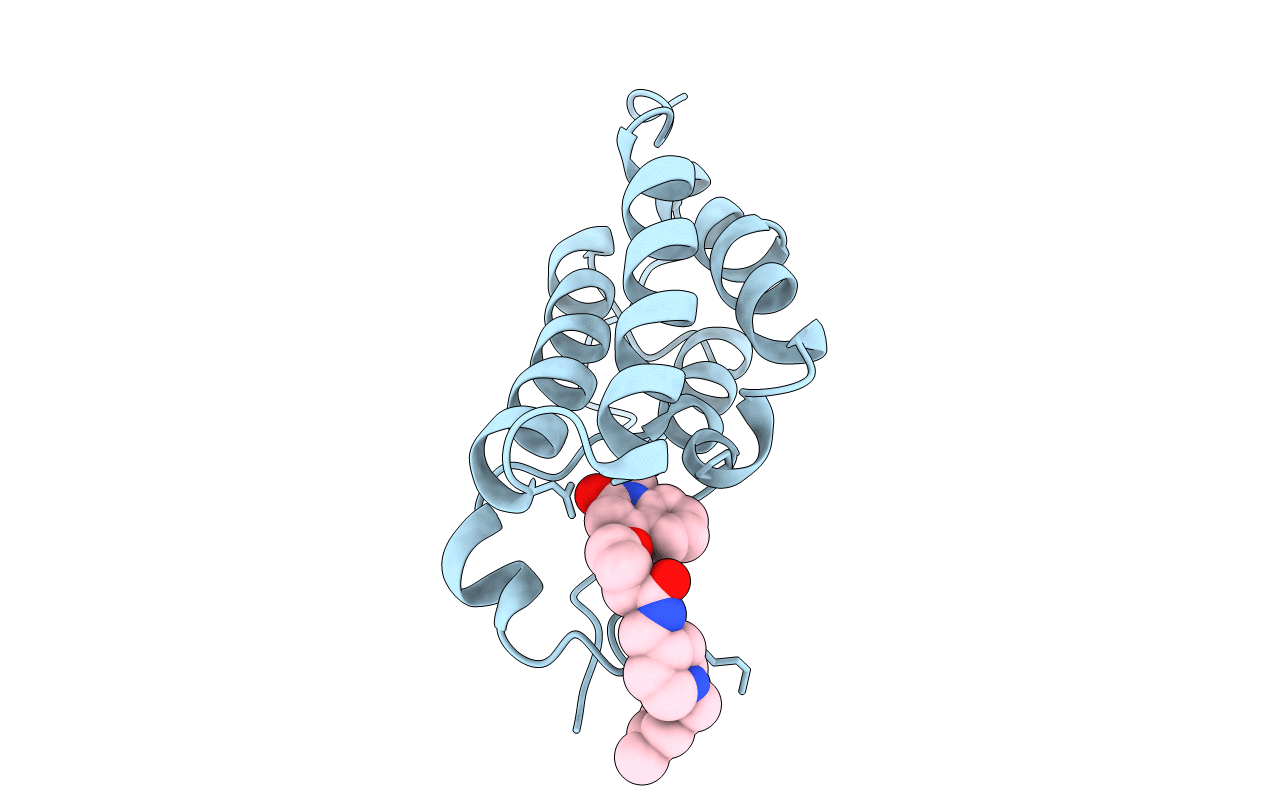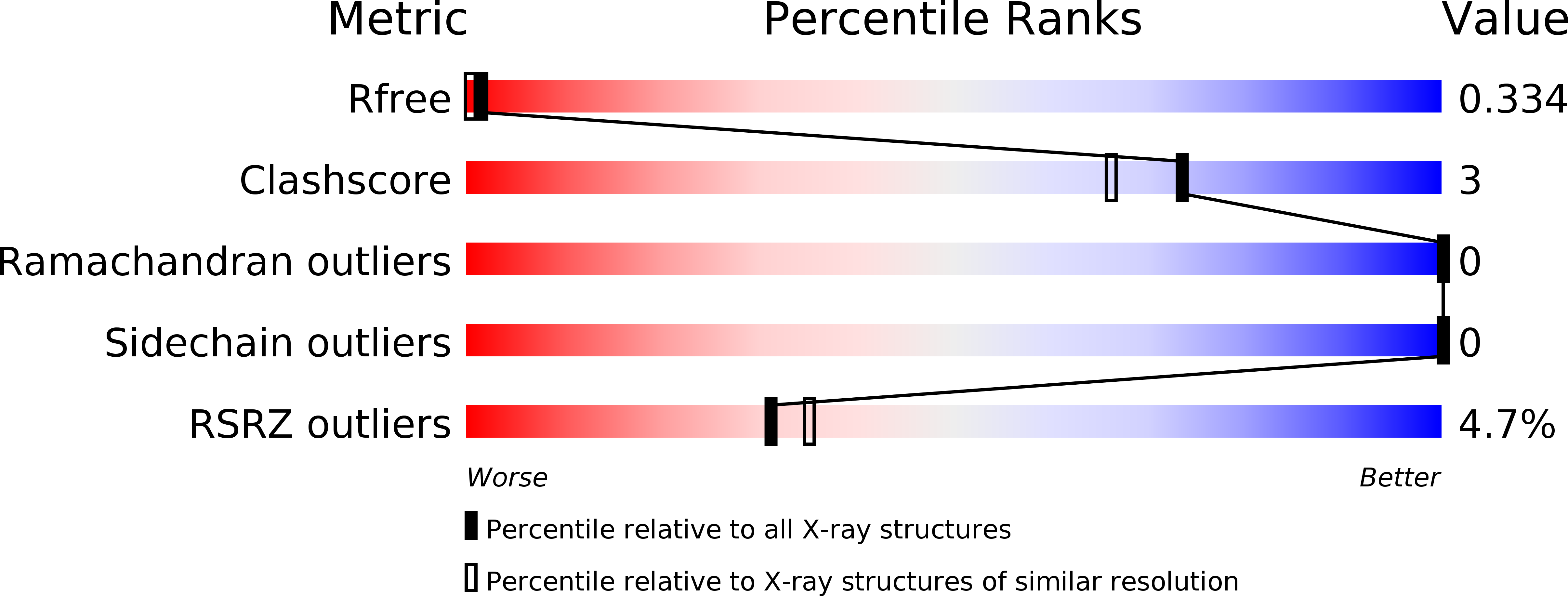
Deposition Date
2015-09-07
Release Date
2016-06-01
Last Version Date
2024-01-10
Entry Detail
PDB ID:
5DLZ
Keywords:
Title:
FIRST DOMAIN OF HUMAN BROMODOMAIN BRD4 IN COMPLEX WITH INHIBITOR 4-[(1-methyl-2-oxo-1,2-dihydroquinolin-4-yl)oxy]-N-({1-[(3-methylphe methyl]piperidin-4-yl}methyl)butanamide
Biological Source:
Source Organism:
Homo sapiens (Taxon ID: 9606)
Host Organism:
Method Details:
Experimental Method:
Resolution:
1.70 Å
R-Value Free:
0.33
R-Value Work:
0.25
R-Value Observed:
0.25
Space Group:
P 21 21 21


